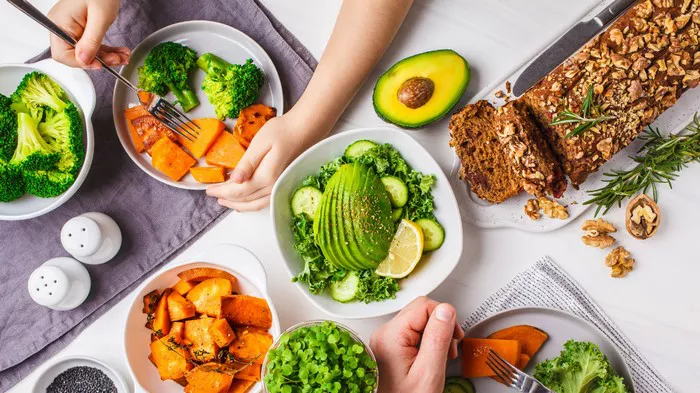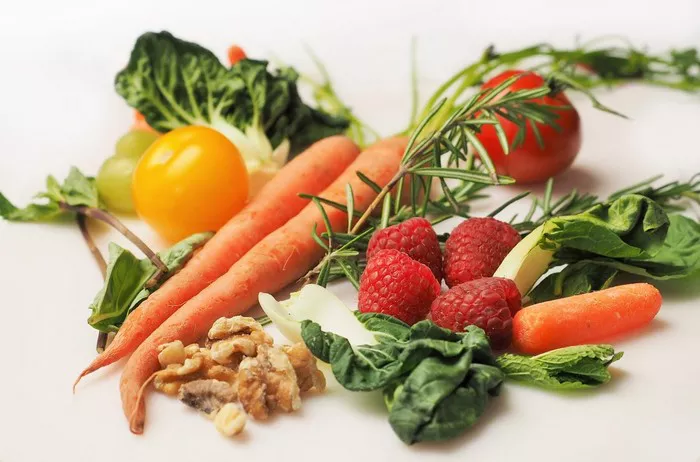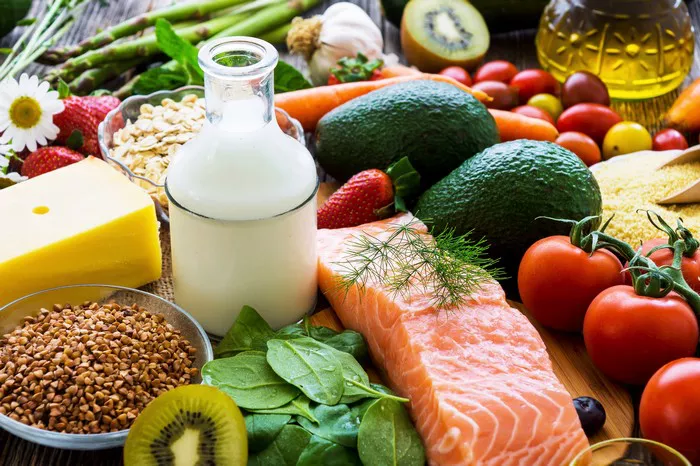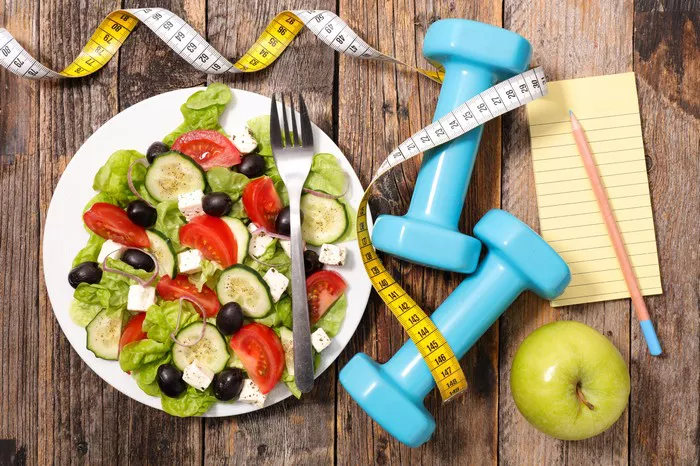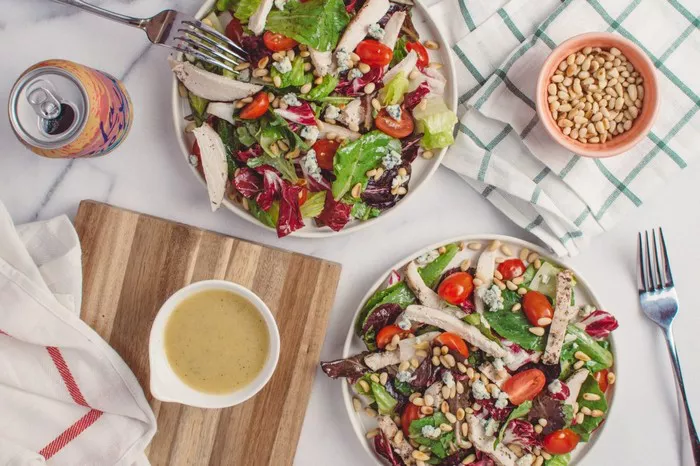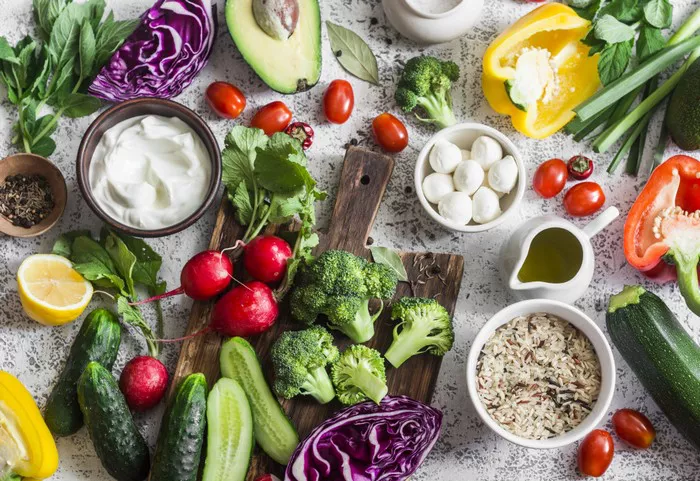In the realm of weight loss diets, the Cookie Diet Plan has emerged as a rather unique and somewhat controversial approach that has piqued the interest of many individuals striving to shed pounds. This diet plan, as the name suggests, centers around the consumption of specially formulated cookies as a primary component of the daily diet. But there is much more to it than just eating cookies, and understanding its origins, principles, allowed foods, potential benefits, drawbacks, and how it compares to other diets is essential for anyone considering embarking on this dietary journey.
Key Principles of the Cookie Diet Plan
Caloric Control: At the core of the Cookie Diet Plan is strict caloric control. The cookies provided in the diet are carefully calibrated to be low in calories. Typically, each cookie contains around 90 to 150 calories, depending on the specific formulation. The diet recommends consuming a set number of cookies throughout the day in place of regular meals and snacks to create a significant calorie deficit. For example, a person on the basic Cookie Diet Plan might be advised to eat six to eight cookies spread out over the day, which would amount to a total calorie intake from the cookies alone of around 540 to 1200 calories. This calorie deficit is what drives the body to start using its stored fat reserves for energy, ultimately resulting in weight loss.
Nutrient Balance: While the cookies are the mainstay, the diet also emphasizes a certain balance of nutrients. Despite being low-calorie, the cookies are formulated to include a reasonable amount of protein. Protein sources in the cookies can include ingredients like whey protein isolate, soy protein, or other plant-based protein powders. This protein helps to maintain muscle mass during weight loss, as muscle tissue can otherwise be broken down for energy when calorie intake is restricted. Additionally, the cookies contain fiber, which is crucial for digestive health and also aids in promoting satiety. Fiber can come from sources like oat bran, psyllium husk, or whole wheat flour used in the cookie recipes.The diet also takes into account the need for essential vitamins and minerals. Some of the cookies are fortified with vitamins and minerals such as vitamin A, vitamin C, calcium, and iron to ensure that dieters do not become deficient in these important nutrients while following the plan. However, it’s important to note that relying solely on the cookies for all nutrient needs is not ideal, and additional supplementation or the inclusion of other permitted foods is usually recommended.
Meal Replacement Concept: The Cookie Diet Plan operates on the principle of meal replacement. Instead of having three traditional meals a day plus snacks, a significant portion of the daily food intake is replaced by the cookies. For instance, a person might have a cookie for breakfast, followed by another one as a mid-morning snack, then two cookies for lunch, another in the afternoon, and two or three more for dinner. The idea is that the cookies are designed to suppress appetite and provide enough energy and nutrition to get through the day while keeping calorie consumption low. This approach simplifies the decision-making process around food for many dieters, as they don’t have to constantly plan and prepare elaborate meals within the constraints of a weight loss diet.
Allowed Foods
The Cookies: Of course, the specially formulated cookies are the centerpiece of the diet. They come in various flavors like chocolate chip, oatmeal raisin, and peanut butter, which helps to add some variety and make the diet more palatable. These cookies are designed to meet the specific caloric, nutrient, and satiety requirements of the diet plan.
Low-Calorie Beverages: Since the diet restricts overall calorie intake, only low-calorie beverages are allowed. This includes water, which is essential for hydration and overall health and should be consumed in abundance. Unsweetened herbal teas, black coffee (which can have a mild appetite-suppressing effect), and diet sodas (although their long-term consumption has some associated health concerns) are also permitted. These beverages can be consumed throughout the day to help with thirst and can sometimes aid in curbing cravings.
Low-Fat Dairy (in Moderation): Small amounts of low-fat dairy products like skim milk or fat-free yogurt can be included. For example, having a cup of skim milk with a cookie in the morning can add some extra protein and calcium to the diet. The key is to keep the calorie and fat content within the limits set by the diet plan, so portion control is crucial when consuming these dairy items.
Low-Carb Vegetables: Non-starchy vegetables are generally allowed in small to moderate amounts. Vegetables like spinach, kale, cucumbers, tomatoes, and bell peppers can be eaten as a side dish or incorporated into a salad. They provide additional fiber, vitamins, and minerals without adding excessive calories or carbohydrates. For instance, a dinner on the Cookie Diet Plan could consist of a couple of cookies along with a small salad made from these low-carb vegetables.
Restricted Foods
High-Calorie Snacks and Treats: Foods like regular potato chips, cookies (other than the ones specifically formulated for the diet), cakes, candies, and ice cream are strictly prohibited. These items are high in calories, often loaded with refined sugars and unhealthy fats, and would quickly derail the calorie deficit that the Cookie Diet Plan aims to create.
High-Carbohydrate Grains: Foods such as white bread, whole wheat bread, pasta, rice, and cereals are generally off-limits. These grains can cause spikes in blood sugar levels and are relatively high in calories compared to the allowed foods on the diet. Even whole wheat versions, while containing more fiber and nutrients than refined grains, are still restricted due to their carbohydrate content.
Fried and Processed Foods: Fried chicken, French fries, processed meats like sausages and hot dogs, and other fried or highly processed food items are not allowed. These foods are typically high in calories, saturated fats, and sodium, which are not conducive to weight loss and can also have negative impacts on overall health, including increased risk of heart disease and high blood pressure.
Full-Fat Dairy and High-Fat Proteins: Whole milk, full-fat cheeses, fatty cuts of meat like ribeye steak or pork belly are restricted. These are high in saturated fats and calories and would disrupt the carefully calculated balance of the diet. Instead, the focus is on low-fat or lean options when it comes to dairy and proteins.
The Potential Benefits of the Cookie Diet Plan
Weight Loss: The most significant benefit that draws people to the Cookie Diet Plan is its potential for weight loss. By replacing higher-calorie meals and snacks with the low-calorie cookies and maintaining a calorie deficit, many individuals experience noticeable weight reduction. In the initial weeks of starting the diet, it’s not uncommon for people to lose 2 to 4 pounds per week, depending on factors such as their starting weight, activity level, and adherence to the plan. For example, someone who starts at 200 pounds and strictly follows the diet along with incorporating some light physical activity might see a significant drop in weight over the first couple of months, which can be motivating and encourage them to continue with the diet.
Convenience: The use of cookies as meal replacements offers a high level of convenience. They are easy to carry around, whether it’s in a purse, backpack, or briefcase, making it simple to stick to the diet even when on the go. This is particularly beneficial for busy individuals who may not have time to prepare elaborate, low-calorie meals during a hectic workday or while traveling. For instance, a person can grab a couple of cookies in the morning and head out the door, knowing that they have a quick and compliant food option available whenever they feel hungry.
Conclusion
In conclusion, the Cookie Diet Plan is a unique approach to weight loss that utilizes hunger-controlling cookies to replace meals as part of a low-calorie diet. The plan, often associated with Dr. Sanford Siegal’s Cookie Diet, typically involves consuming a limited number of cookies per day along with a low-calorie dinner. The primary goal is to create a calorie deficit, thereby promoting weight loss.
Related Topics:

